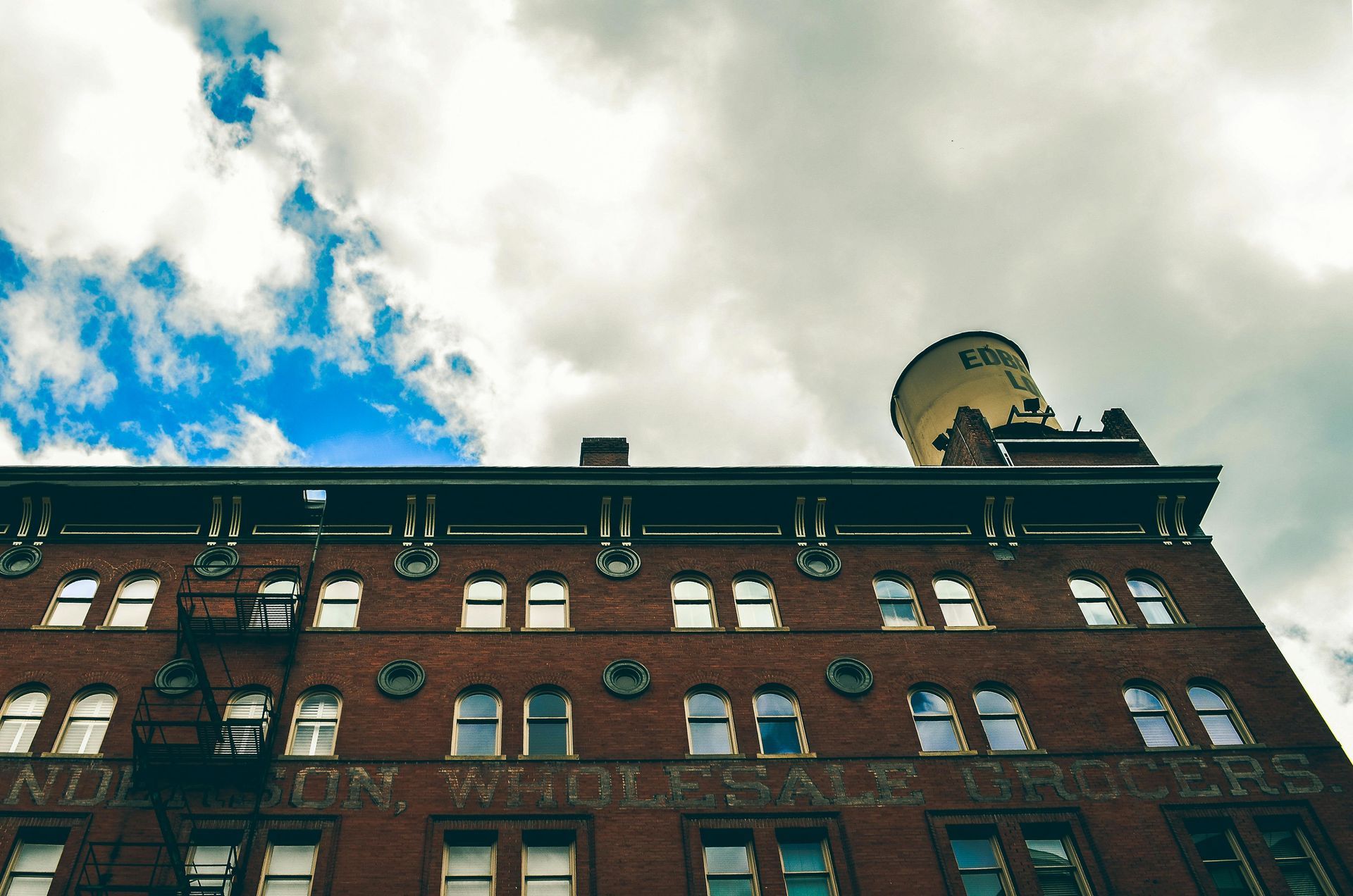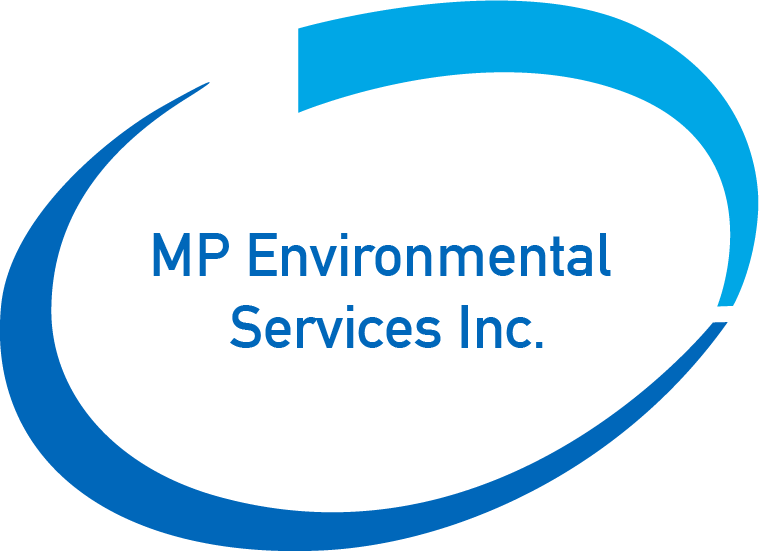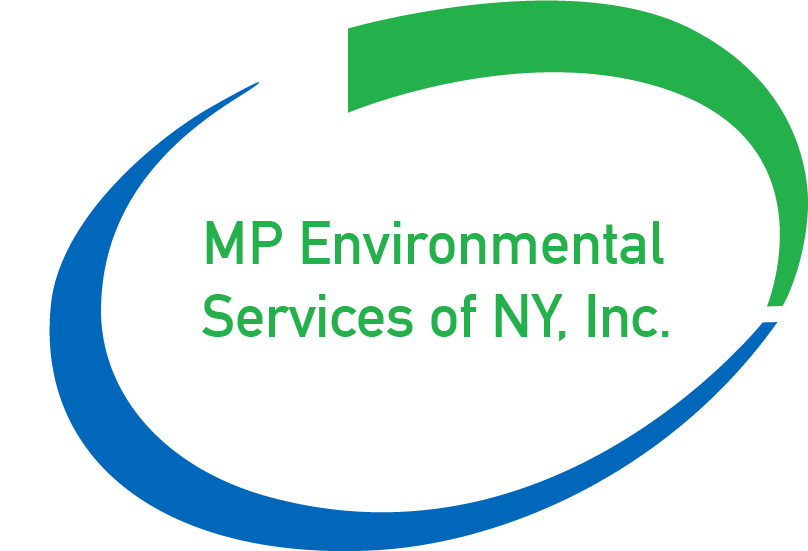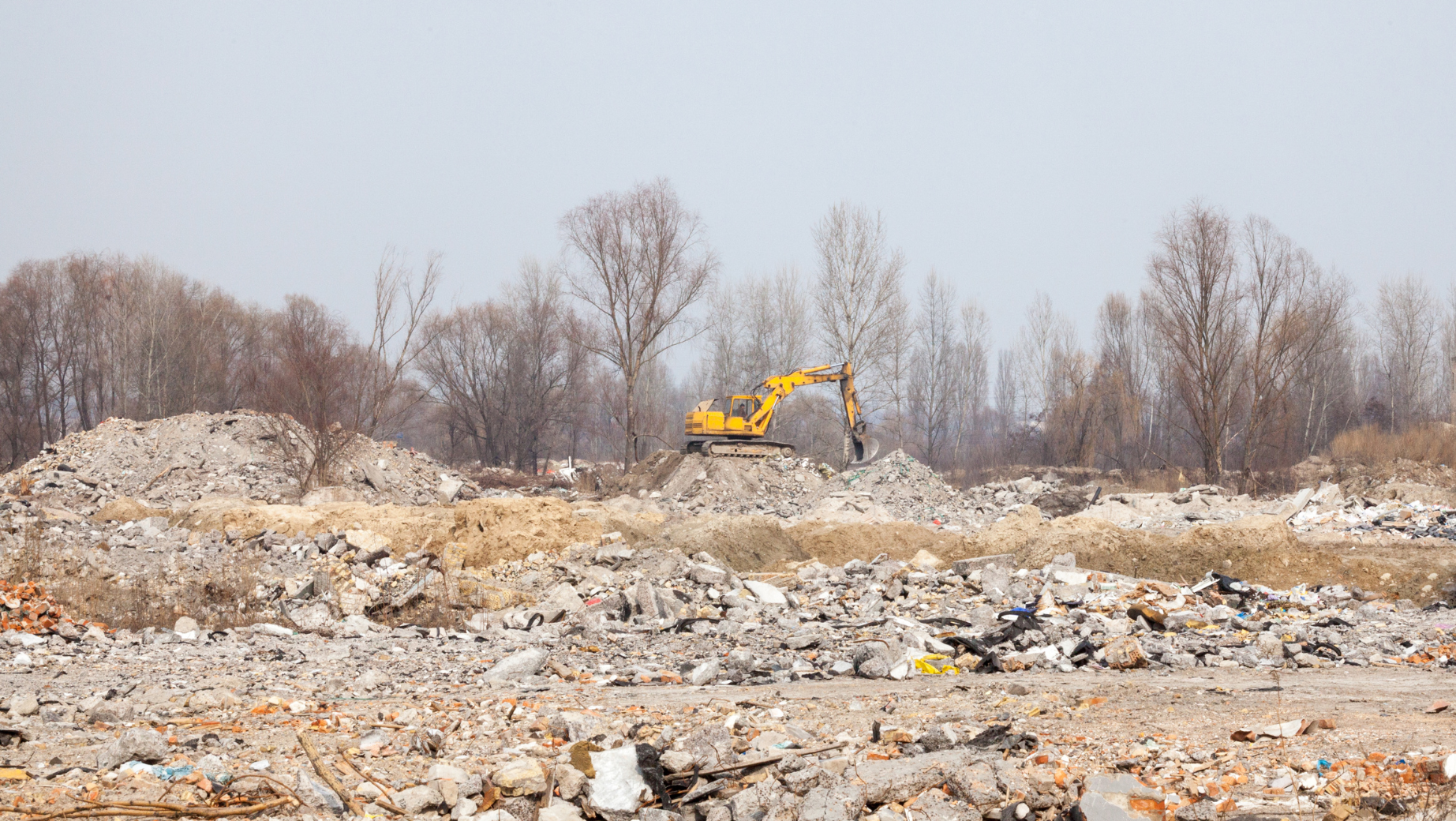Why Government Spending On Restoration Is More Beneficial Than On New Construction

Revive, Don’t Replace:
Why Restoration Beats New Construction for Government Spending
When governments allocate funds for infrastructure and development, the choice between restoring existing structures and starting new construction can be a tough one. While shiny new projects may grab attention, restoration often provides more value, both economically and environmentally. Here’s why government spending on restoration can be a smarter, more sustainable investment.
Cost-Effectiveness & Resource Efficiency
Restoration projects are typically less expensive than building something entirely new. By revitalizing existing structures, governments save on materials, labor, and the costs of clearing land for construction. For example, renovating a historic courthouse may require less capital than demolishing it and building a replacement from scratch.
Restoration also makes better use of existing resources. The materials, foundations, and infrastructure are already there—often needing only repairs or upgrades. This reduces the demand for raw materials, helping to conserve natural resources and minimize the environmental footprint.
Preserving Community Heritage
Restoration supports the preservation of local identity and heritage. Landmarks, historic buildings, and older infrastructure are often woven into the cultural fabric of a community. Rehabilitating these spaces allows governments to honor their history while making them functional for modern needs.
Take an old train station restored into a bustling transportation hub. Not only does the project maintain a sense of history, but it also revitalizes a community space without the disruption or loss that comes with demolition.
Environmental & Economic Benefits
New construction often means clearing land, generating waste, and using energy-intensive processes—all of which contribute to environmental degradation. Restoration, on the other hand, focuses on sustainability. By refurbishing existing structures, governments reduce demolition waste and limit greenhouse gas emissions.
Restoration projects also stimulate local economies. They create jobs for skilled workers, contractors, and preservation experts. And because these projects often enhance the functionality of community spaces, they can drive long-term economic benefits by attracting businesses and tourism.
A Smarter Investment for the Future
Government spending on restoration isn’t just about saving money—it’s about making thoughtful, impactful investments in communities. Restoration respects history, reduces environmental harm, and supports economic growth, all while delivering practical, modern spaces for public use.
By prioritizing restoration over new construction, governments can create a more sustainable and connected future for everyone.





